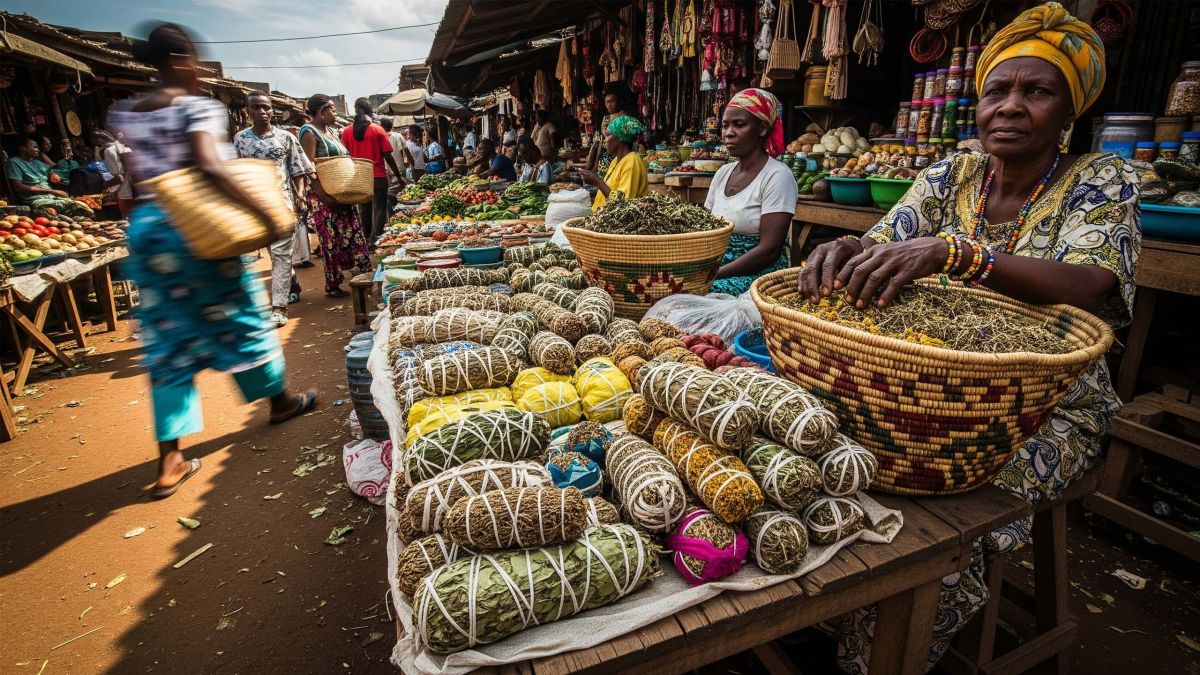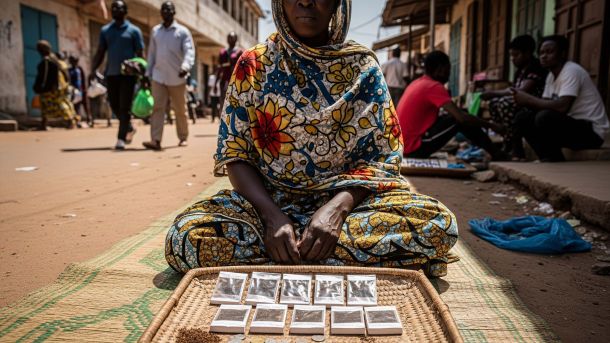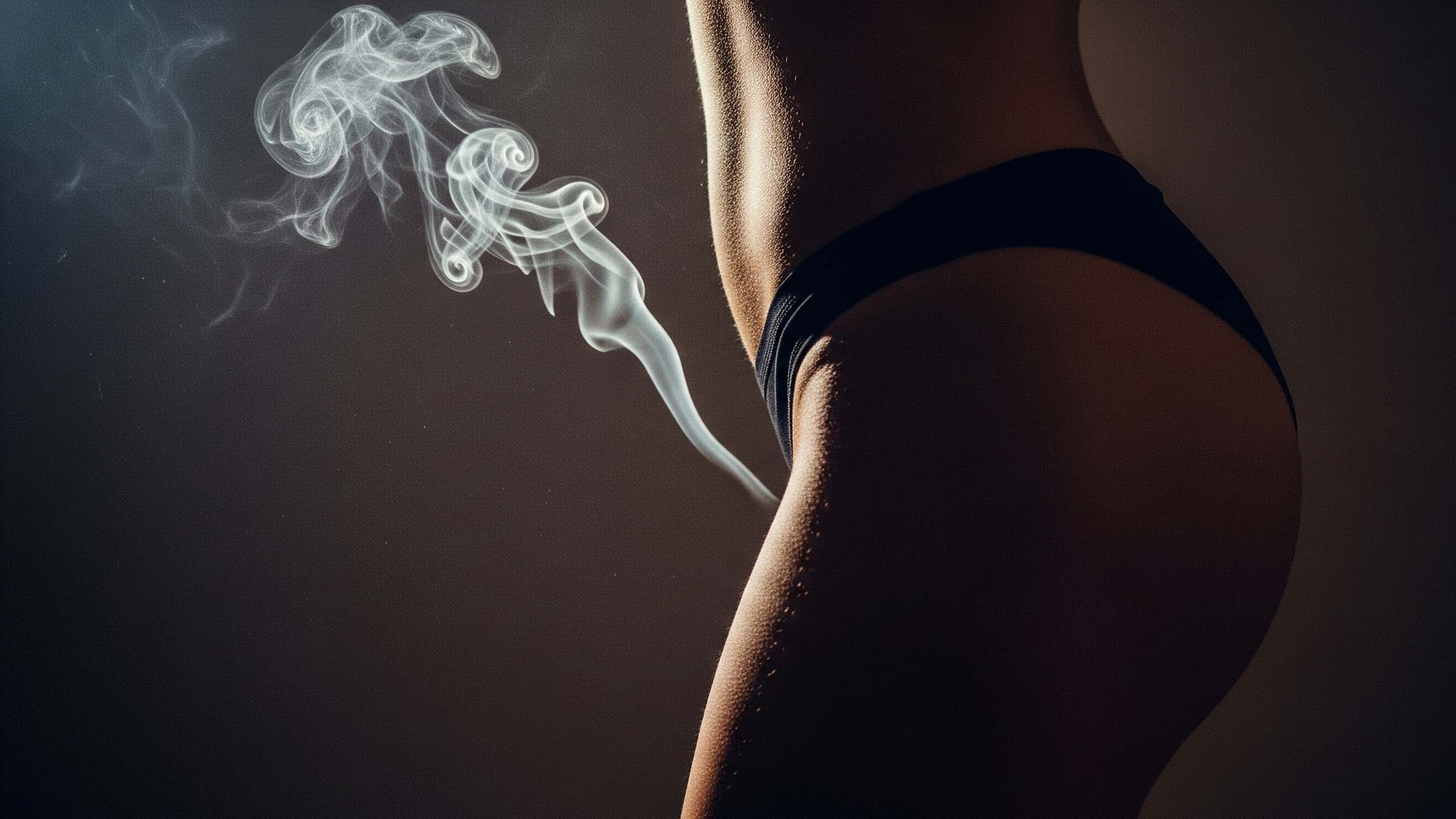Exploring the Odd Practice of Vagina Drying in Africa

In parts of sub-Saharan Africa, an unusual and controversial intimate ritual continues to exist quietly in certain communities. Known as “vaginal drying” or “dry sex,” the practice involves women using various substances or techniques to reduce vaginal lubrication before intercourse. While it might seem strange to outsiders, this practice carries cultural, social, and personal significance for those who partake in it.
What Is Vagina Drying?
Vaginal drying refers to methods women use to decrease natural moisture in the vagina. This is done either before or during sexual activity, with the intention of creating a sensation of increased tightness or friction. The practice is typically performed in private and may involve herbs, powders, leaves, cloth, or other traditional remedies.
Some of the most commonly reported substances include:
-
Herbal mixtures – ground plant materials or leaves believed to tighten tissue.
-
Powders and clays – used to absorb natural moisture.
-
Tissue or cloth inserts – employed temporarily to remove lubrication before intercourse.
These methods vary widely from one community to another, and they are often passed down from older women to younger generations as part of local traditions.
Why Do They Do It?
The motivations behind vaginal drying are complex and deeply tied to cultural perceptions of sexuality and gender dynamics. In many societies where the practice is found, sexual satisfaction is viewed differently than in Western contexts.
Some commonly cited reasons include:
-
Perceived male preference – Men are often believed to enjoy a “drier” experience, associating it with virginity, tightness, or sexual purity.
-
Cultural norms – In some communities, dryness is considered a sign of respectability and cleanliness, while natural wetness may be seen as untrustworthy or linked to promiscuity.
-
Ritual and tradition – The act can form part of initiation rites or womanhood rituals, reinforcing community identity.
Women may feel pressure to conform, but for others, the practice is a conscious choice influenced by personal beliefs or the desire to meet a partner’s expectations.
What Is Used in the Process?
Table: Common substances and methods used
| Substance / Method | Typical Region | Perceived Purpose | Possible Health Notes |
|---|---|---|---|
| Dried herbal powders / crushed leaves | Various sub-Saharan communities | Absorb moisture / tighten sensation | Irritation, microabrasions, infection risk |
| Clay or powdered minerals | Localized market-sold products | Drying / scent masking | pH disruption, irritation |
| Cloth or tissue inserts | Widespread (informal use) | Temporary moisture removal | Foreign body irritation, bacterial overgrowth |
| Commercially marketed “tightening” products | Urban/rural markets | Enhance sensation / market claims | Unknown ingredients; regulatory concerns |
The substances employed can range from traditional herbal remedies to commercially sold powders marketed for “tightening” or “refreshing.” Some women rely on plant-based inserts that are thought to contract vaginal muscles, while others use household items such as cloth to temporarily remove moisture.
In some regions, specialized vendors sell pre-mixed products specifically designed for this purpose. These may be wrapped in secrecy, sold discreetly in markets, and often marketed with claims of enhancing desirability.
A Practice at the Crossroads
While vaginal drying remains practiced, it has also attracted the attention of medical professionals who caution against its potential risks, such as irritation, infection, or increased vulnerability to sexually transmitted infections. Nonetheless, for many communities, the custom continues to hold meaning.
Vaginal drying is not just a physical act but a cultural expression tied to ideas of intimacy, pleasure, identity, and tradition. To understand it is not necessarily to condone or condemn, but to recognize that human sexuality, in all its varied forms, is shaped as much by culture as by biology.
Q&A: Quick reader questions
A: No. The practice varies by community and by region: the substances used, the social meaning and frequency differ significantly between groups.
A: Yes. Introducing powders, clays, or foreign material can irritate mucosa, alter pH, increase infection risk and, depending on the material, lead to harmful abrasions.
A: Decisions are shaped by cultural norms, partner expectations, family influence and personal choice. In some settings the practice is taught by elder women; in others it is individually adopted.
A: Yes. Healthcare workers should be aware so they can provide culturally sensitive guidance, screen for complications, and offer evidence-based sexual health information without judgment.
Disclaimer: The articles and information provided by the Vagina Institute are for informational and educational purposes only. This content is not intended to be a substitute for professional medical advice, diagnosis, or treatment. Always seek the advice of your physician or another qualified health provider with any questions you may have regarding a medical condition.


 English
English  Deutsch
Deutsch  Español
Español  Français
Français 



